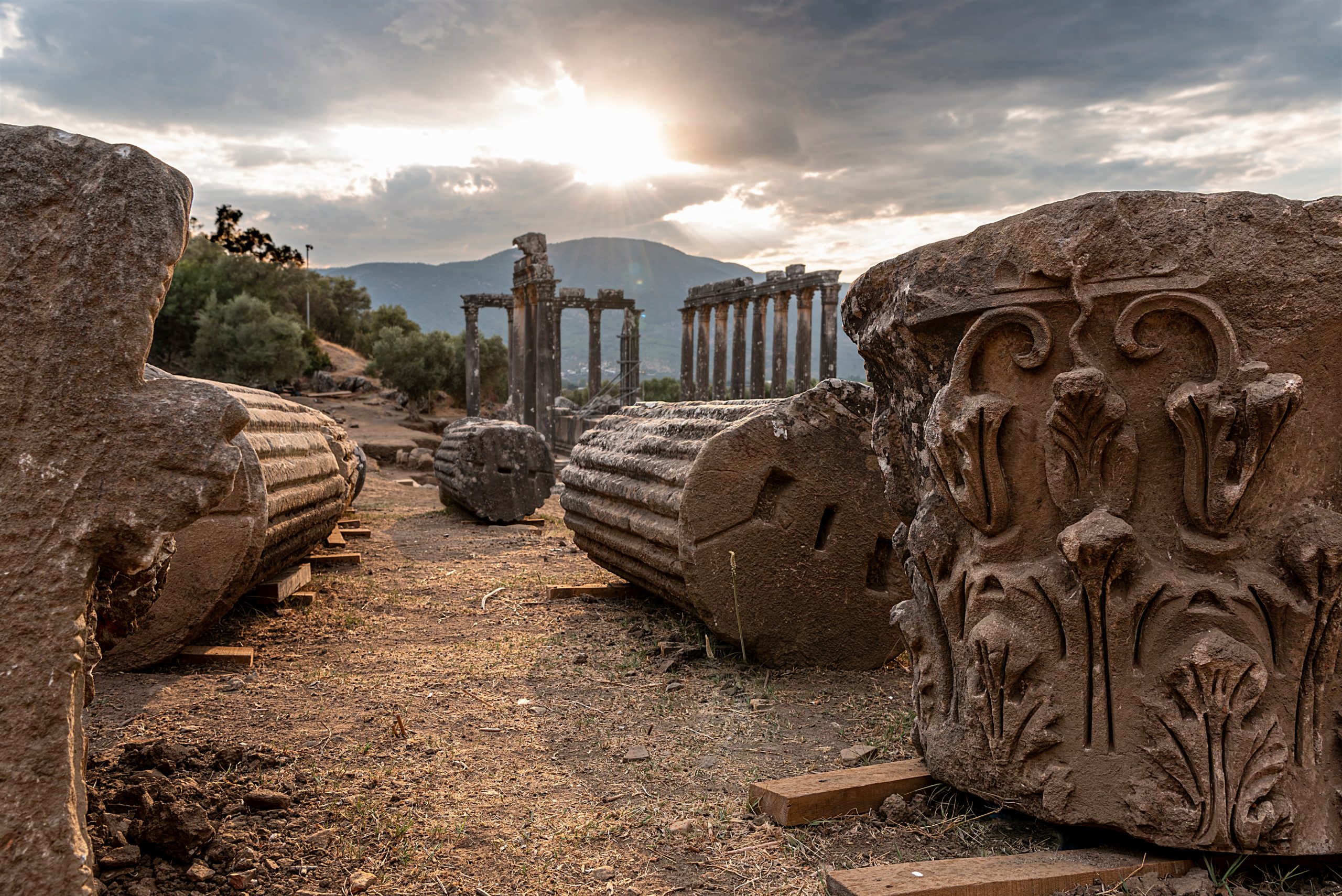
05 Oct MİLAS
The ancient name of Milas is Mylasos or
Mylasa. This city, which was an important center of Caria and known as the
“City of Temples,” housed the national God Zeus Karios Temple of the Carians.
Milas has a rich history with an uninterrupted cultural heritage spanning 3,000
years and home to the remains of 27 ancient cities within its boundaries.
Some of these ancient cities include
important sites such as İasos, Labranda, Euromos, and Heraklia. Throughout
history, Milas has carried the influences of Carian, Byzantine, Selçuk, Menteşâ
Principality and Ottoman civilizations. Additionally, it holds a significant
position in yacht tourism with its coastlines along the Gulf of Gökova and
Mandalya. Captain Cousteau, after visiting these areas, remarked, “Those
seeking paradise on Earth will find it in Gökova.” The easiest way to reach
Milas is through the international Milas-Bodrum Airport.
Main Historical and Archeological Destinations
Gumuskesen Grave Monument
One of the visible remnants of the city
of Mylasa is the Gümüşkesen Grave Monument, which is located in the Gümüşlük
area in Muğla province, Milas district. The burial monument, which was
constructed in the shape of a mausoleum, using materials gathered from older
structures. It is accepted that the Gümüşkesen Grave Monument and the Baltali
Gate were constructed during the same time period based on the decorative
aspects. The structure is divided into three sections: the burial chamber, the
floor in the middle that is ringed by columns, and the pyramidal top cover. This
Mausoleum dates back to the 2nd century AD. The lower portion of the top cover
is ornamented with botanical and geometrical patterns. It is from the 2nd century.
Heraklia
Once an important port city, Herakleia
lies before the blue waters of Lake Bafa, with the Beş Parmak Mountains
(anciently known as the Latmos Mountains) rising behind it. The old city of
Latmos was situated a bit northeast of the present location; however, it was
moved to its current site during the Hellenistic period and renamed Herakleia,
inspired by the semi-divine hero Herakles.
The city is surrounded by 6.5
kilometers of walls supported by 26 towers, reflecting both the importance
placed on the city’s defense and the luxury of the ancient period. The
“Latmos Prehistoric Rock Paintings” found in the Latmos Mountains
around Lake Bafa reveal that the region’s history dates back to the 6th
millennium BC.
Ören – Keramos
Located on the Bodrum-Milas road,
accessible by a 45 km asphalt road that branches off at the Beçin junction, the
area formerly known as Gereme, now Ören, is situated on the shores of Gökova
Bay. The city center is a bit inland from the coast. Along the beach, there are
two- storey houses with gardens, small hotels, and guesthouses. The ancient
city ruins of Keramos can be visited between Ören and Akyaka.
Natural and Cultural Heritage
Bafa Lake
The Söke Plain was once a vast bay
covered by the sea about 2,000 years ago. The alluvial deposits carried by the
Büyük Menderes River filled this bay, transforming it into a plain. Today, Lake
Bafa remains as a remnant of the sea. The lake features two islands. Bafa Lake
is renowned for its freshwater fish such as mullet, bass, and eel.
The islands on the lake are home to
monasteries and churches, with the oldest being the “Monastery of the Seven.”
Important Christian events depicted include the resurrection of Lazarus, the
crucifixion of Jesus, burial themes, and the anastasis (resurrection) scene,
featuring priceless frescoes depicting scenes from the life, deeds, and death
of Jesus Christ. The lake’s surroundings are covered with olive groves, and
meals at the coastal restaurants are typically prepared with olive oil.
Handwoven Carpet
Milas is one of the oldest settlements
of the Turkmen tribes. The region has preserved this characteristic in terms of
customs, traditions, and clothing. Carpets with distinctive features are woven
in the Milas region. The carpet tradition is believed to have started in the
16th century with the weaving of prayer rugs. The carpets dated to the 18th and
19th centuries are distinguished by their patterns and colors, categorized as
classical and Baroque styles. From the 18th and 19th centuries onwards, Milas
carpets were made entirely of wool. The carpets were dyed using root and
natural dyes. These carpets, known as Milas Carpets, are still woven in
Karacahisar, Ören, Dörttepe, Gereme, Bozalan, İkizköy, Pınarköy, Mezgit,
Gürceğiz, Akçakaya, and many other villages.
Uyku Valley
Uyku Valley and the Gökçeler Cave,
which is a Natural Conservation Area, can be visited with day trips. There are
two entrances to the valley. The entrance of the Gökçeler Cave is quite wide.
The cave initially opens into a large hall, with a significant gallery to the
left. When you ascend slightly to the right, you can reach another gallery
filled with stalactites and stalagmites, as well as small pools, through a
narrow passage.
Tuzla (Bargylia)
The Tuzla Wetland covers an area of 380
hectares. It is a winter habitat and feeding ground for migratory birds and is
surrounded by tamarisk, olive, and pine trees. Pelicans are among the most
common bird species, along with mallards, teal, bean geese, Hungarian ducks,
coots, herons, geese, flamingos, moorhens, and marsh swallows. The wetland also
provides a rich fish population due to the abundance of plankton and aquatic
plants.
Olive
Milas has historically been a center
for olive production, with olive trees dating back approximately 8,000 years.
Olive cultivation is a cornerstone of the Milas economy. Milas is one of
Turkey’s most important olive production centers, with 52,900 hectares of its
81,189 hectares of cultivated land covered by olive groves. The majority of the
olive trees are of the Memecik variety.
Çomakdağ
The distinctive feature of the Çomakdağ
is the Çomakdağ houses, which masterfully blend the past with the present in
their architectural style. The stone houses are noted for their aesthetically
pleasing chimneys. The interiors of the houses are just as colorful and
impressive as their exteriors. The ceilings and doors are adorned with examples
of wood carving art. The women of Çomakdağ village continue to preserve their
nearly 500-year-old traditions and customs through their colorful attire.
Recommended Activities
International Çaykama Böreği Cultural
and Art Festival – Summer Season
National Olive Harvest Festival –
Autumn – Winter Season
Southern Aegean Food, Agriculture, and
Livestock Fair – Spring
Main Bays and Beaches
Çökertme Beach
Ören Beach
Main Marinas and Ports
There are 4 private and 1 public port
in Milas.

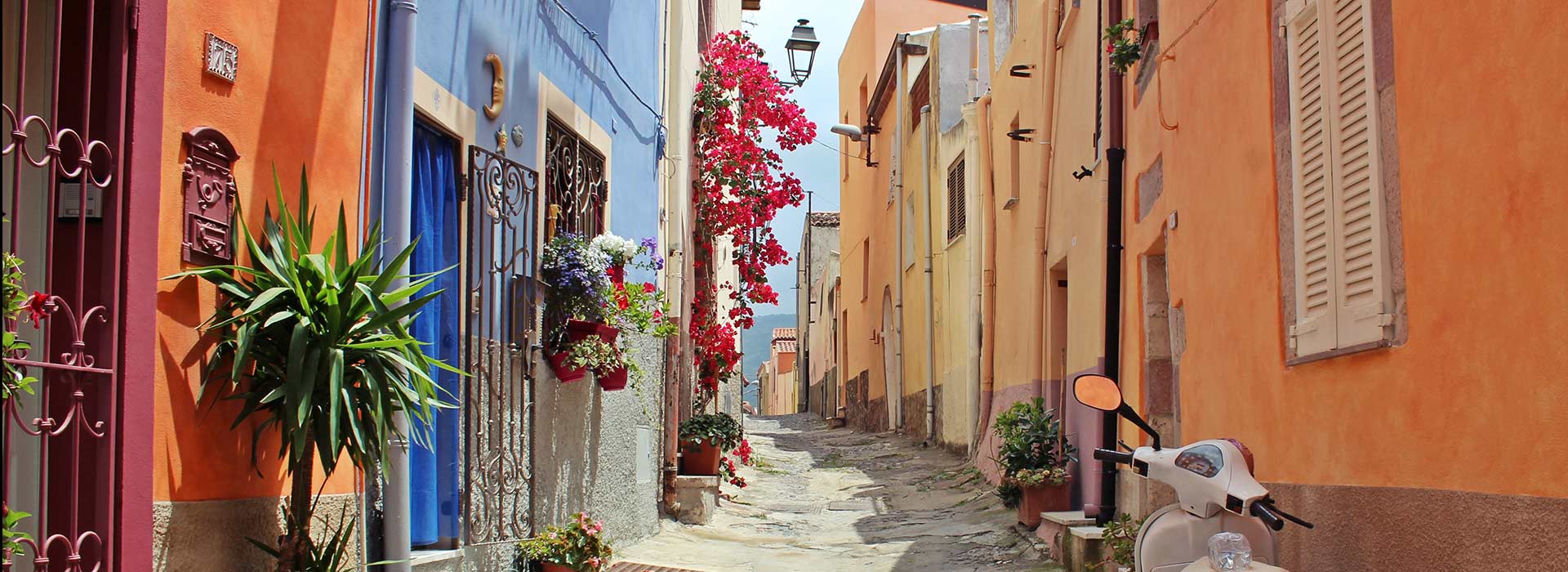
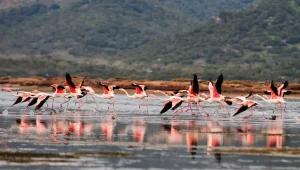
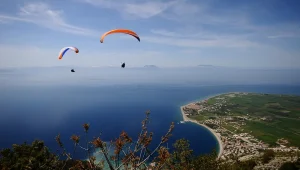
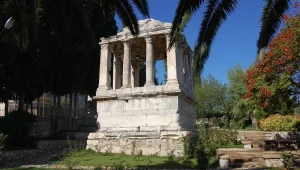
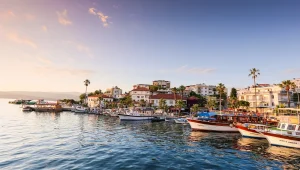
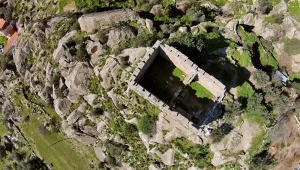
Sorry, the comment form is closed at this time.